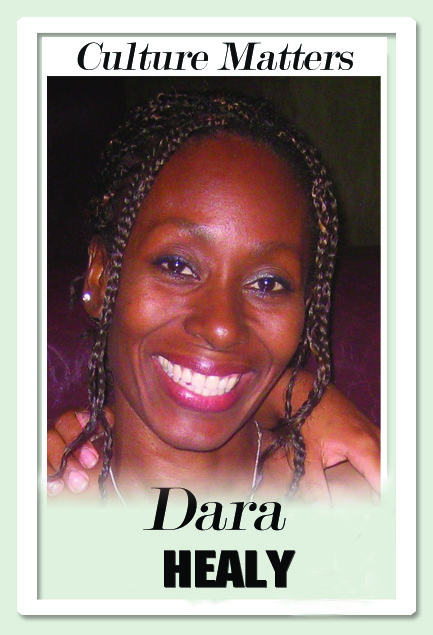Generations of creative DNA

Culture Matters
“...we need to think of creativity as a constellation of factors that come together in the right way, at the right moment – maybe a bit of intelligence, some associative thinking, some divergent thinking, and then some personality traits, like the tendency to take risks...”
– What makes a family of artists? The New Yorker
LOVELACE. PATASAR. Holder. Springer. Blackman. Dieffenthaller. Onilu. Lyons. Rudder. Chandradath Singh. London. These are the names of just some artists whose work is synonymous with interpreting the world differently. Their children not only continue this legacy, but are now stamping their own brand of creativity on the global stage. Science agrees “it is very likely that the capacity for creativity is shaped by genetic influences...” So what allows some families to soar creatively? What makes them different?
This week, Earl Lovelace, renowned writer, turned 85. Surrounded by his children, family and friends, it was clear that his mind was alert and his sense of humour was still, well, the same. Undoubtedly, these qualities allowed Lovelace in 1979 to write his ground-breaking novel Dragon Can’t Dance. His constant analysis of society led him in 1996 to write the award winning Salt, interrogating the legacies of enslavement and colonialism in TT.
Across the country, another divergent thinker was honoured. On July 12, 2000, the spirit of Ras Shorty I, Garfield Blackman, transcended to the ancestral realm. Although he had achieved success as the flamboyant calypsonian Lord Shorty, something was missing. After retreating to the relative isolation of the Piparo forest, the new music forms of jamoo and soca emerged. As they honoured his legacy, Shorty’s children and grandchildren welcomed people from all over the country and shared their unique performance styles with those who had come to pay respects.
The Desperadoes Steel Orchestra also celebrated the life of 80-year-old Dennis “Tash” Ash this week. An iconic figure within the band, Tash performed in 47 Panorama finals and has been present at all 11 of Despers’s victories. Tash was supported in his transition by the people of Laventille, Desperadoes and other musical royalty from Len “Boogsie” Sharpe to Carlton Alexander, Dane Gulston, Chantelle Esdelle and Earl Brooks. His children and family are embedded in the pan community, whether as players or as part of the national body responsible for the instrument.
The children of creative energies learn very early that possible is everything. In the midst of civil rights unrest and anti-African sentiment, Carnival bandleader George Bailey created Back to Africa in 1957 and Relics of Egypt in 1959. His Carnival creations transformed the industry and reshaped our understanding of mas.
Retired diplomat Chandradath Singh created his own brand of diplomacy by playing African drums, the steel pan (and also executing a pretty decent shimmy). “What I discovered is through culture, people remember me long after they meet me. I was able to break barriers in communities where I represented my country very easily...” It is hardly surprising that one of his sons, Keshav, is himself a musician, producing for soca stars like Bunji Garlin and Machel Montano.
The environment of an artistic family is immersed in culture, arts, music. For the Blackmans, music was intertwined with spirituality and family values. In the artistic world, the place of the elder as teacher and mentor is essential to this immersion. But perhaps most importantly, creative families are not afraid to push boundaries or take risks. In fact, they thrive on it, as seen in the successful combination of Desperadoes and Nailah Blackman or Kes Diffenthaller’s popular song, Savannah Grass.
It was long believed that creativity was born not learned. Increasingly, we are realising that creativity may be nurtured, beyond DNA. Further, we are accepting that creativity is an essential component of innovation, critical thinking and improved social skills.
Parenting expert Dr Laura Markham offers excellent advice for unlocking artistic skills including allowing children to “focus on play and process, not productivity, and giving your child permission to be different.” However, in a society where same is preferred and divergence is misunderstood, we may yet be a long way from introducing these concepts into our schools and institutions of learning.
The artist Voice wonders in one of his songs, “How life would be if we didn't have soca.” For that matter, can you imagine life without pan, tassa, parang, chutney, art, books or calypso? In challenging times, we need to nurture more artistic families, more fearlessness. But to sustain generations of creative DNA, we need to encourage more divergence.
Dara E Healy is a performance artist, communications specialist and founder of the NGO, the Indigenous Creative Arts Network – ICAN


Comments
"Generations of creative DNA"